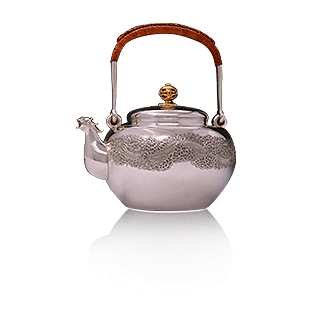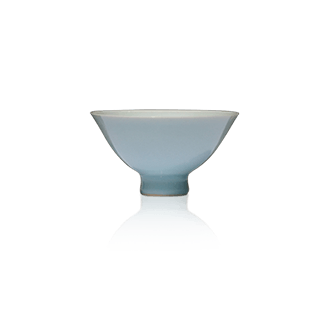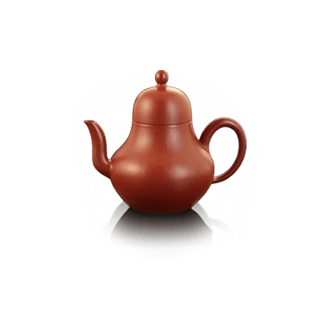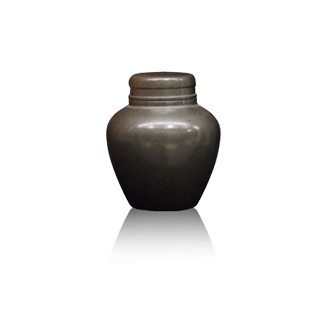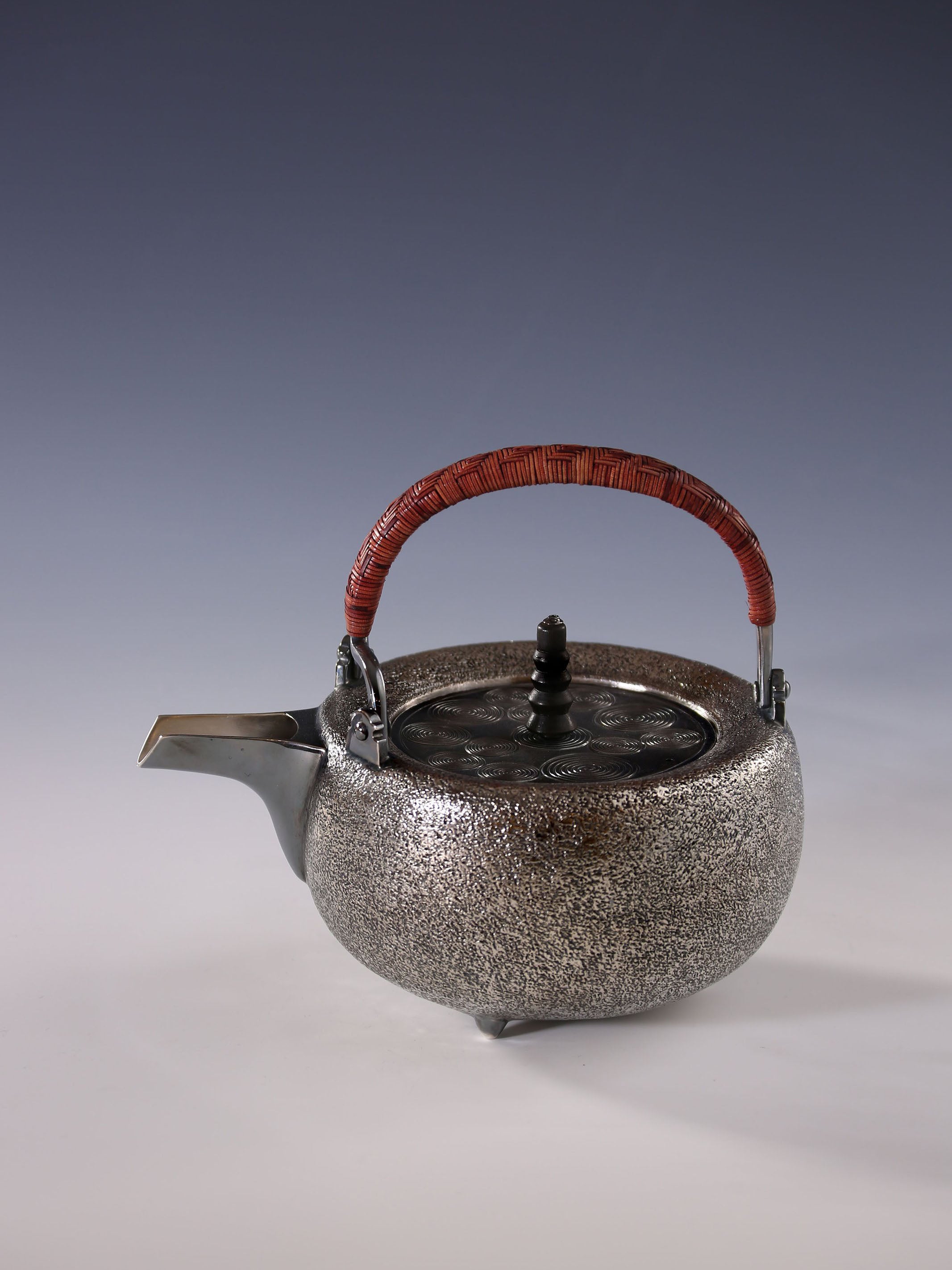


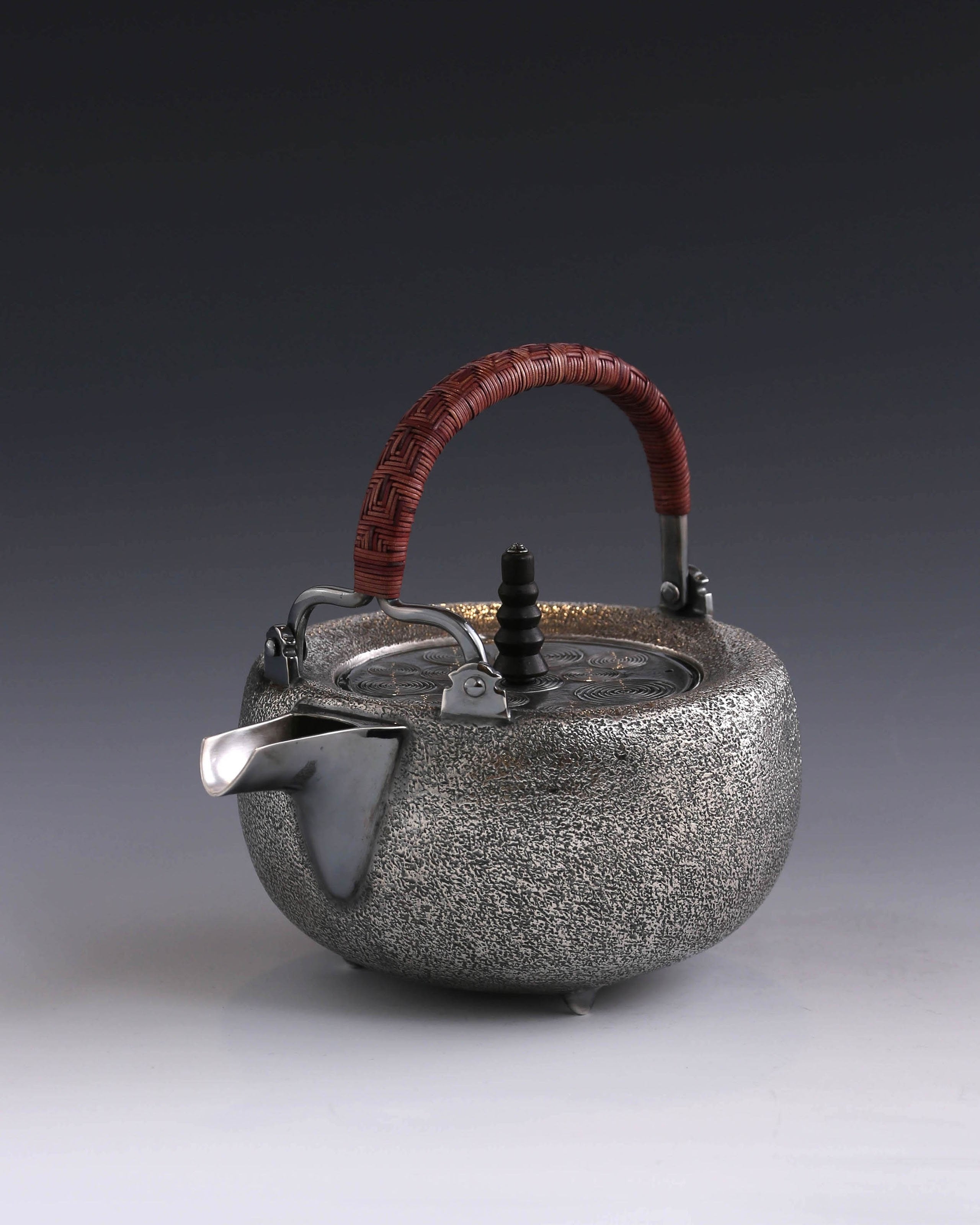
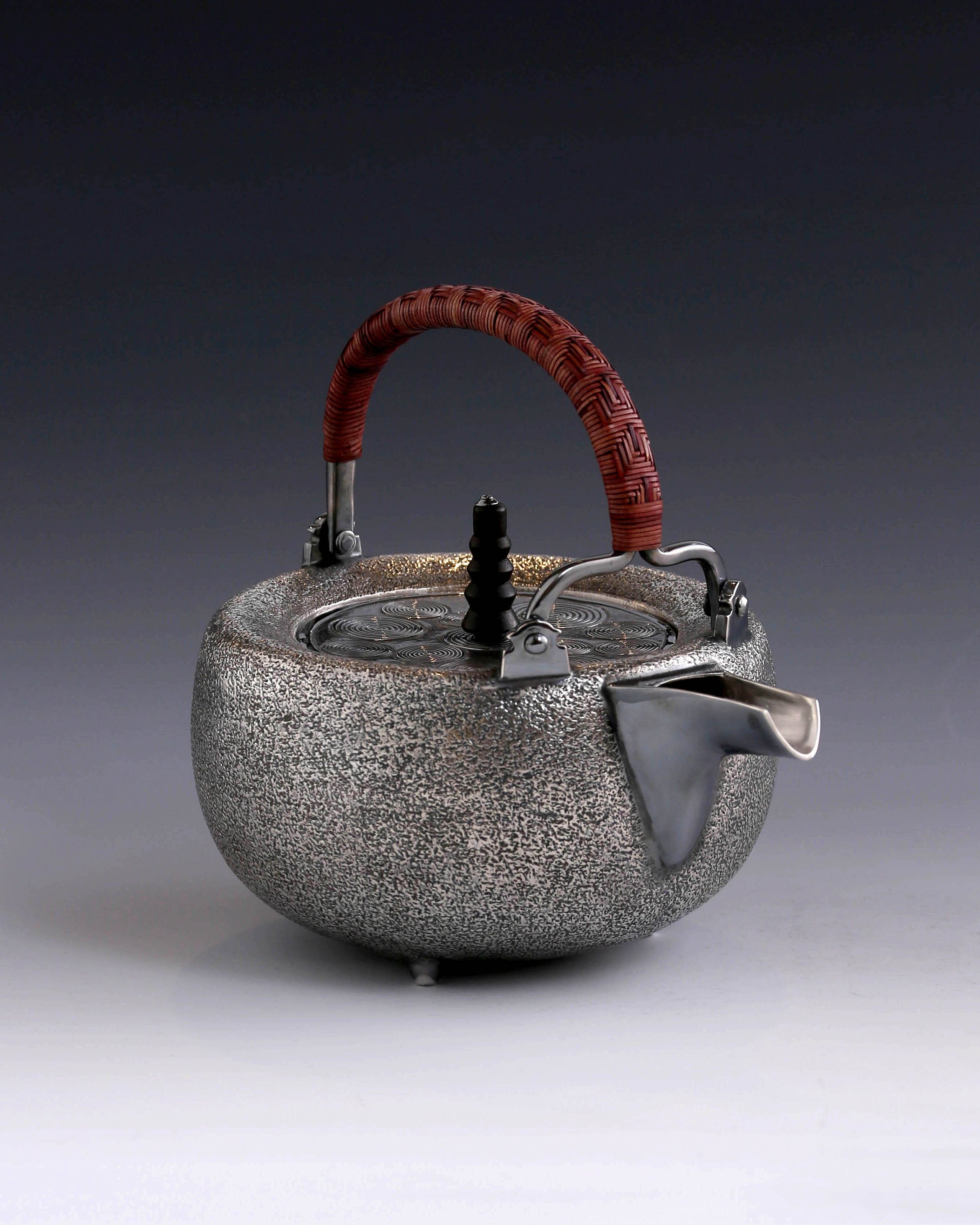
Pure silver kettle (silver pot)







Pure silver kettle (silver pot)
Pure silver kettle (silver pot)
Produced by Dayatang, made by intangible cultural heritage inheritor Hong Jike. Volume: Approx. 900 ml. Weight: Approx. 482 g.
The term "diaozi" is not new; at least in the Song Dynasty of China, a type of water-boiling vessel specifically used for boiling water was already being called "diaozi." Moreover, this special-purpose water-boiling vessel differed in shape from the water-boiling vessel. The diaozi was clearly deeper than the water-boiling vessel, and its handle was replaced with a spout, making it easier to pour water for tea.
After the Tang Dynasty, the practice of brewing tea became popular, and the tool used for this purpose was called a teapot. This teapot is considered the ancestor of the later kettle. To this day, the teapot is still a common teapot in Japan.
The form of the handle has existed since ancient times, and its basic changes in Europe are largely similar.
The handle is woven from old vine in a geometric pattern; the handle is made of ebony; the overall effect is natural and rustic.
The colors are antique, and the surface texture is treated to create a weathered effect, giving it the warm and smooth feel of an old object. This silverware surface treatment technique is also the exclusive secret of Hong Jike, a non-hereditary inheritor of the craft.
This piece is antique and elegant, possessing a serene and beautiful quality.
Produced by Dayatang, made by intangible cultural heritage inheritor Hong Jike. Volume: Approx. 900 ml. Weight: Approx. 482 g.
The term "diaozi" is not new; at least in the Song Dynasty of China, a type of water-boiling vessel specifically used for boiling water was already being called "diaozi." Moreover, this special-purpose water-boiling vessel differed in shape from the water-boiling vessel. The diaozi was clearly deeper than the water-boiling vessel, and its handle was replaced with a spout, making it easier to pour water for tea.
After the Tang Dynasty, the practice of brewing tea became popular, and the tool used for this purpose was called a teapot. This teapot is considered the ancestor of the later kettle. To this day, the teapot is still a common teapot in Japan.
The form of the handle has existed since ancient times, and its basic changes in Europe are largely similar.
The handle is woven from old vine in a geometric pattern; the handle is made of ebony; the overall effect is natural and rustic.
The colors are antique, and the surface texture is treated to create a weathered effect, giving it the warm and smooth feel of an old object. This silverware surface treatment technique is also the exclusive secret of Hong Jike, a non-hereditary inheritor of the craft.
This piece is antique and elegant, possessing a serene and beautiful quality.





Frequently asked questions
Use the FAQ section to answer your customers' most frequent questions.
Order
Yes, we ship all over the world. Shipping costs will apply, and will be added at checkout. We run discounts and promotions all year, so stay tuned for exclusive deals.
It depends on where you are. Orders processed here will take 5-7 business days to arrive. Overseas deliveries can take anywhere from 7-16 days. Delivery details will be provided in your confirmation email.
You can contact us through our contact page! We will be happy to assist you.





